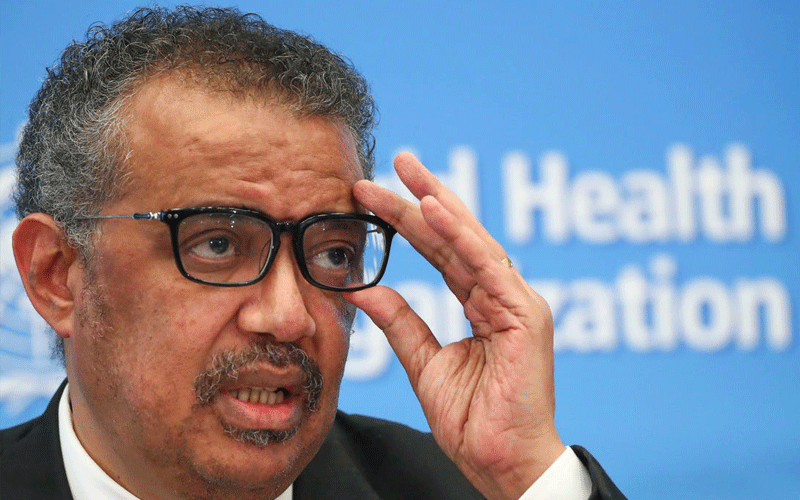WHO: Sepsis kills 20pc of world’s infants
By Mwangi Mumero, December 22, 2020World Health Organisation (WHO) recent report on sepsis has established it kills millions of pregnant mothers and newborns globally.
Research by the International Child Health Group has attributed 20 per cent of newborn deaths in Kenya to sepsis.
The disease contributes 18.2 per cent of all deaths of newborn hospital admissions across the country.
Sepsis is a rare life-threatening complication that occurs when chemicals released in the bloodstream to fight an infection trigger inflammation throughout the body.
Signs and symptoms include fever, trouble breathing, low blood pressure, fast heart rate and mental confusion.
As the world focuses on Covid-19 pandemic and other diseases, sepsis kills 11 million annually, many of them children, mostly in low income countries, according to WHO.
The global body notes that the use of different definitions of sepsis, diagnostic criteria and hospital discharge coding makes it difficult to develop a clear understanding of the true global burden of sepsis.
“The world must urgently step up efforts to improve data about sepsis so all countries can detect and treat this terrible condition in time,” says Dr Tedros Ghebreyesus, WHO Director-General.
“This means strengthening health information systems and ensuring access to rapid diagnostic tools, and quality care including safe and affordable medicines and vaccines.”
According to WHO, the disease occurs in response to an infection. When not recognised early and managed, it can lead to septic shocks, multiple organ failure and death.
Recently, health practitioners have noted that critically ill patients with severe Covid-19 and other infectious diseases are at a higher risk of developing and dying from sepsis.
Even survivors are not out of danger-only half will completely recover with the rest dying within one year or are burdened by long-term disabilities.
Early diagnosis
The poor are severely affected with 85 per cent of septic cases and deaths occurring in these environments.
Research has established that almost half of 49 million cases each year affect children resulting in 2.9 million deaths.
Most of these deaths are as a result of diarrhoea and lower respiratory infections.
WHO observes that early diagnosis and appropriate clinical management can help prevent these deaths.
Among mothers, obstetric infections, including complications following abortion or infections after caesarean section, are the third most common cause of maternal mortality.
More Articles

